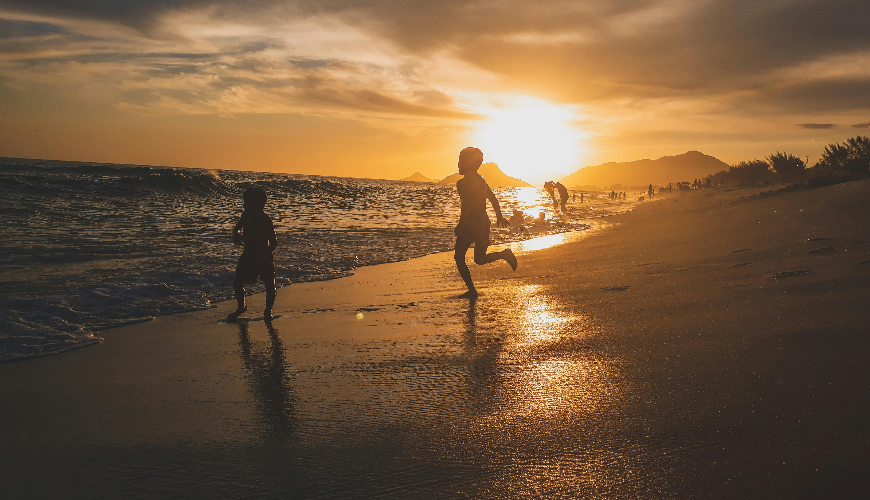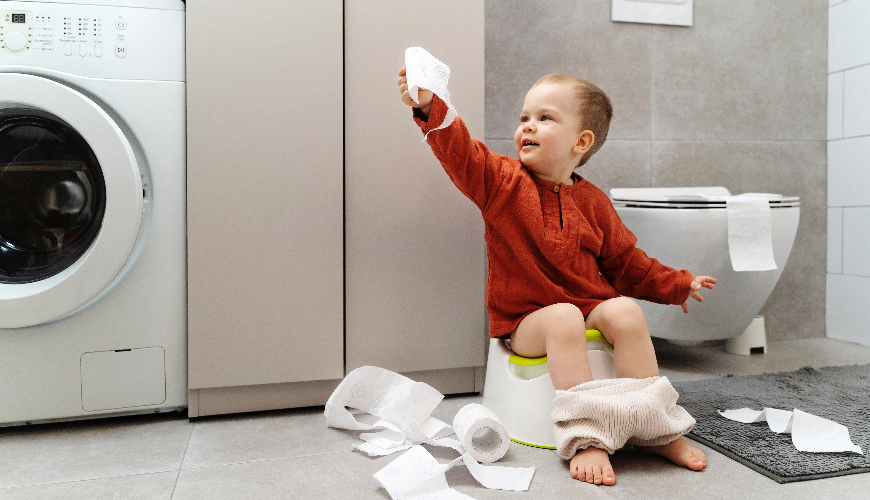
Sunscreen for babies: How to protect the sensitive skin of little ones

Summer days invite family trips and staying in the fresh air. While the sun provides us with important vitamin D, its rays can be very dangerous for babies' sensitive young skin. That's why it's crucial not to forget a good quality sunscreen specifically designed for babies.
Why it's important to protect babies' skin
Babies have particularly sensitive skin that is more susceptible to damage from ultraviolet rays than adult skin. Their skin is thinner and less able to defend itself against the harmful effects of sunlight, which increases the risk of sunburn. These burns not only cause pain and discomfort, but can also significantly increase the risk of developing skin diseases, including melanoma, in adulthood.
That's why it's extremely important to protect babies' skin from the sun, not only by using appropriate sunblock, but also by wearing shade suits, hats and other physical barriers. Protecting babies' skin from UV rays is a key step in maintaining their health and preventing long-term damage.
So should babies and children be allowed to sunbathe?
Babies' sun exposure should be very limited, if allowed at all. Doctors and pediatricians usually recommend that babies under six months of age should not be exposed to direct sunlight. For older babies, if sun exposure is unavoidable, it is essential to use physical barriers such as wide brimmed hats, protective clothing and stroller sunshades. Sunscreens should only be used as supplemental protection, and products specifically designed for babies that provide broad-spectrum protection and have a high SPF.
Babies' exposure to the sun should be carefully regulated to prevent damage to their sensitive skin. Direct sun exposure, especially during the most intense hours between 10 am and 4 pm, should be minimised. Instead, children should wear protective clothing such as long sleeves, wide-brimmed hats and sunglasses. If sun exposure is unavoidable, it is important to use high SPF sunscreens that are suitable for children and provide broad-spectrum protection.
SPF, which stands for "Sun Protection Factor," is a measure that shows the level of protection a sunscreen provides against UVB rays. UVB radiation is a major cause of skin sunburn and can contribute to the development of skin cancer. The SPF number shows how long a person can stay in the sun without burning, compared to the time it would take for the skin to burn without protection. You can read more about SPF in our article What is SPF
How to choose the right sunscreen for baby
When choosing sun cream for baby, it's essential to choose a product that is safe and gentle on their delicate skin. Look for creams that are specially formulated for baby's skin and have broad-spectrum protection (protects against both UVA and UVB rays) with an SPF (see below) value of 30 or higher. Many children's sunscreens have a SPF of 50. It is important that the cream does not contain potentially harmful chemicals such as parabens, phthalates, oxybenzone or avobenzone.
Prefer creams with mineral filters such as zinc oxide or titanium oxide, which stay on the surface of the skin and reflect sunlight instead of penetrating the skin. Always avoid creams with perfume or alcohol, which can irritate baby's skin. Finally, be sure to test the product on a small area of baby's skin before using it for the first time to make sure there is no allergic reaction.
There are many products on the market, and even in our e-shop you will find gently made baby sunscreens with a high percentage of organic natural ingredients.
How to apply sunscreen correctly
Proper application of sunscreen on baby's body is key to effectively protect their delicate skin. The cream should be applied evenly to all parts of the baby's body that are exposed to the sun, including the face, ears, hands and feet. Make sure the cream is applied in sufficient amounts and apply at least 15 to 30 minutes before exposing baby to the sun, which will allow it to be absorbed into the skin.
It is important to renew the cream regularly, especially after bathing, sweating, or if you wipe the baby with a towel. Never forget areas that can easily be overlooked, such as the backs of the ears or between the toes and fingers, to ensure the protection is as comprehensive as possible.
Although choosing the right sunscreen and making sure your baby's skin is adequately protected can be a challenge, it's a necessary step to ensure their health and safety. By using sunscreen correctly and taking extra precautions, you can enjoy sunny days without worry.

